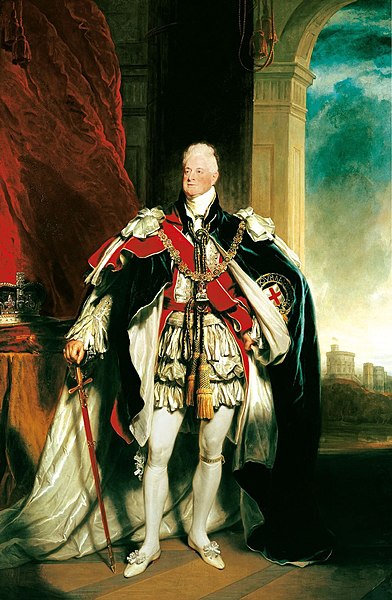Bellerive is a suburb of the City of Clarence, part of the greater Hobart area, Tasmania, Australia. It stretches from Kangaroo Bay where it borders Rosny Park, around the curved shoreline of Bellerive Esplanade to Kangaroo Bluff, then down to Bellerive Beach and east to Second Bluff, where Bellerive borders Howrah. To the north Bellerive is bordered by the small foothills of Waverly Flora Park.
Bellerive Oval, members pavilion and media area
Clarence City Council is a local government body in Tasmania, and one of the five municipalities that constitutes the Greater Hobart Area. The Clarence local government area has a population of 61,531, covering the eastern shore of the Derwent River from Otago to the South Arm Peninsula and the smaller localities of Cambridge, Richmond, and Seven Mile Beach.
William IV, painted by Sir Martin Archer Shee, 1833, after whom the City of Clarence was named.
This photograph of the last full-blooded Tasmanian Aborigines from the 1860s shows a similar ethnicity to that which Clarence's indigenous inhabitants would have had.
The brig, Lady Nelson was the first European vessel to anchor off what is now the City of Clarence.
In this oil by John Glover (1834), the Moomairemener people can be seen dancing and swimming during a traditional corroboree on the eastern shore of the Derwent River (now part of the City of Clarence).





